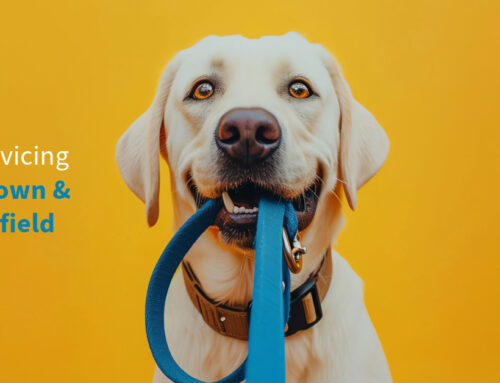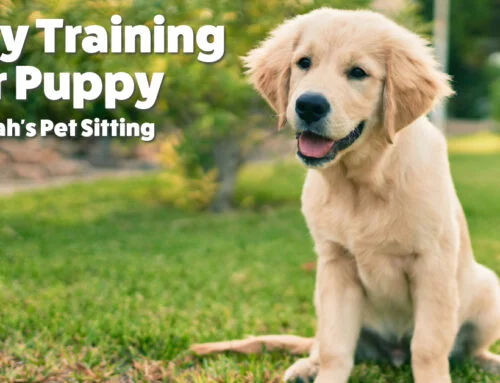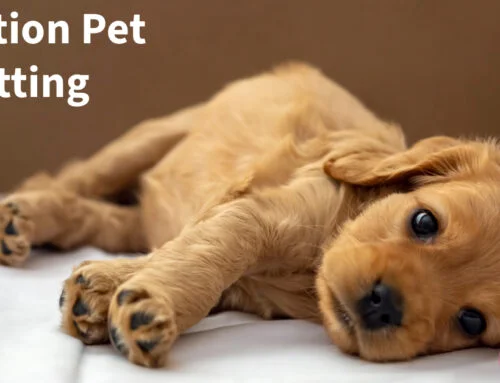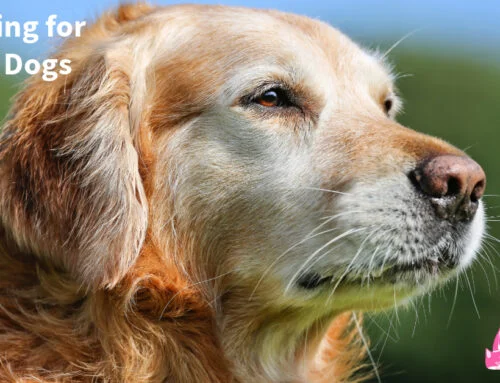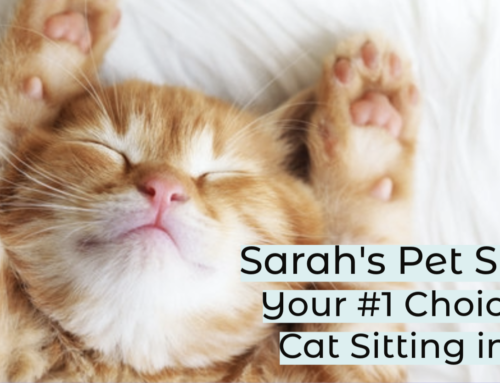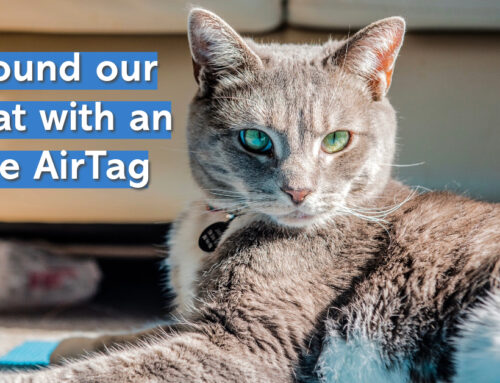Everyone knows that one dog that pulls so hard when out on a walk, that he she chokes herself, or knocks people over, or is just impossible to walk. But don’t worry, it is possible through training and management to teach a dog to walk calmly on a loose leash. When working with a dog to teach him or her to walk on a loose leash there are several things you can do.
First we start with management. Start with using the correct equipment. Did you know that flex-leashes or retractable leashes actually make pulling worse? The best leash to use when working on loose leash walking is a plain 4 to 6 foot leash. If your dog is a large dog, save your shoulders and use a management tool such as a front attach harness (Easy Walk Harness, or a Freedom design harness) or a head halter (gentle leader or perfect pace).
Both of these tools are gentle and safe for dogs, and encourage proper leash walking by making it impossible to pull. If your dog is a small dog, the freedom design harness will save your dog’s throat and make it easer to teach loose leash walking. (Check out our blog on leashes and harnesses for more information.)

Once we have found the right management tool for you and your dog, we move on to training. Remember to bring treats with you while your dog is learning. It will help you to have distractions for the dog, as well as rewards for when your dog is doing it right. There are two rules that you MUST enforce all the time every time.
First, if the leash is tight, or there is any pressure on it at all, your feet are glued to the floor and you cannot move. Second, the only way for you to begin moving again, is for your dog to look back at you. All of the management tools above will automatically encourage your dog to turn back when the leash is tight, but you can also call your dog to get his or her attention. Once you have your dog’s attention you can begin moving again.

Use food rewards when your dog looks back to check in with you, even when you don’t call your dog. We want your dog to be paying attention to the other end of the leash too! Pay attention to the areas around you, if you see a person or a dog coming along the other way, get your dog’s attention with treats and encourage him or her to sit and wait for the distraction to pass. Don’t be afraid to call out to let people know you are training right now, and would appreciate some space while your dog is learning.
Once your dog gets the hang of moving on a loose leash, staying with you, and paying attention, you can beginning to work with him in more challenging areas like a park or linear trail. Continue to carry treats with you, even if you don’t need them anymore, because you never know when a loose dog, or a running child will come along and you will need to distract your dog.
Laura Azevedo CPDT-KA
Sarah’s Pet Sitting



